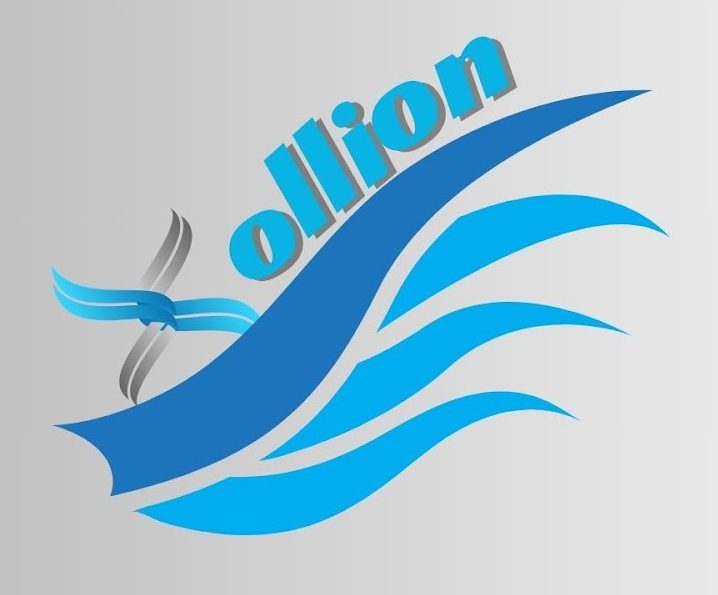PayPal’s inception is rooted in the innovative minds of Peter Thiel, Max Levchin, and other visionary individuals who sought to revolutionize digital transactions and reshape the landscape of online payments. The journey of PayPal began with a simple idea and a relentless drive to create a secure, convenient, and efficient way for people to send and receive money electronically. This article delves into the origins of PayPal, tracing its humble beginnings, key milestones, and the pivotal moments that defined its trajectory.
Conception and Early Development
The Birth of Confinity:
- In the late 1990s, Peter Thiel, Max Levchin, and Luke Nosek founded Confinity in December 1998. Initially, the company focused on developing encryption software for handheld devices, aiming to enhance security in digital transactions.
- The team’s expertise in cryptography and technology laid the foundation for what would eventually become PayPal, as they recognized the potential for a more streamlined and efficient payment system in the burgeoning online marketplace.
Transition to Digital Payments:
- In 1999, Confinity shifted its focus to developing a digital wallet that would enable users to make online payments via email. This marked a significant pivot from their initial security software development, aligning with the growing demand for convenient and secure online financial services.
Emergence of PayPal
Launch and Early Adoption:
- In March 2000, Confinity officially launched its payment platform under the name PayPal. The platform allowed users to transfer money electronically by linking their bank accounts or credit cards, enabling seamless transactions with just an email address.
- The simplicity and speed of PayPal’s payment process quickly resonated with users, leading to a rapid uptake of the platform and establishing its reputation as a user-friendly and reliable payment solution.
Integration with eBay:
- As PayPal gained traction in the online payment space, its compatibility with eBay’s auction platform proved to be a game-changer. eBay users found PayPal to be a convenient and secure payment option, fueling PayPal’s exponential growth and solidifying its position as a dominant player in the digital payment industry.
Merger with X.com and Evolution of PayPal
Strategic Merger:
- In 2000, PayPal merged with X.com, an online banking company founded by Elon Musk. The merger not only brought together complementary technological capabilities but also marked a strategic decision to emphasize PayPal’s potential as a leading online payment service provider.
Rebranding and Expansion:
- Following the merger, the company was rebranded as PayPal, reflecting its core focus on digital payments. This period marked a phase of rapid expansion, with PayPal becoming the payment method of choice for millions of users globally, transcending geographical boundaries and currency barriers.
Acquisition by eBay and Continued Growth
Acquisition by eBay:
- In 2002, eBay recognized the strategic value of PayPal in facilitating transactions on its platform and acquired the company for $1.5 billion. The acquisition not only validated PayPal’s position as a trusted payment partner but also provided the resources and reach to scale its operations significantly.
Global Expansion and Innovation:
- With the backing of eBay, PayPal expanded its services to a wide range of countries, supporting multiple currencies and catering to diverse customer needs. The introduction of innovative features such as buyer protection, one-touch payments, and enhanced security measures further enhanced PayPal’s appeal and solidified its market leadership.
Legacy and Impact
Disrupting the Financial Landscape:
- PayPal’s groundbreaking approach to online payments disrupted traditional financial systems, democratizing access to secure and efficient digital transactions for individuals and businesses worldwide.
- The platform’s emphasis on user experience, security, and convenience set new standards in the digital payment industry, inspiring a wave of innovation and competition in the fintech sector.
Continued Innovation and Adaptation:
- Over the years, PayPal has continued to innovate and evolve, introducing new services such as PayPal Credit, Venmo, and mobile payment options to cater to changing consumer preferences and technological advancements.
- Its enduring relevance in the digital payment ecosystem underscores PayPal’s ability to adapt to shifting market dynamics and customer demands, cementing its position as a trailblazer in the domain of online financial services.
Conclusion
The story of how PayPal started is a testament to the power of visionary thinking, technological innovation, and entrepreneurial spirit. What began as a concept aimed at simplifying online payments blossomed into a global phenomenon that redefined the way money moves in the digital age. PayPal’s journey from a small startup to a fintech giant is a reflection of its founders’ determination, strategic partnerships, and unwavering commitment to delivering value to users across the globe.
Through its compelling origin story, PayPal exemplifies the transformative potential of disruptive ideas and the profound impact they can have on shaping the future of finance. As PayPal continues to innovate, expand, and adapt to changing market landscapes, its role as a pioneer in digital payments remains central to the evolution of the digital economy.
click here to visit website






